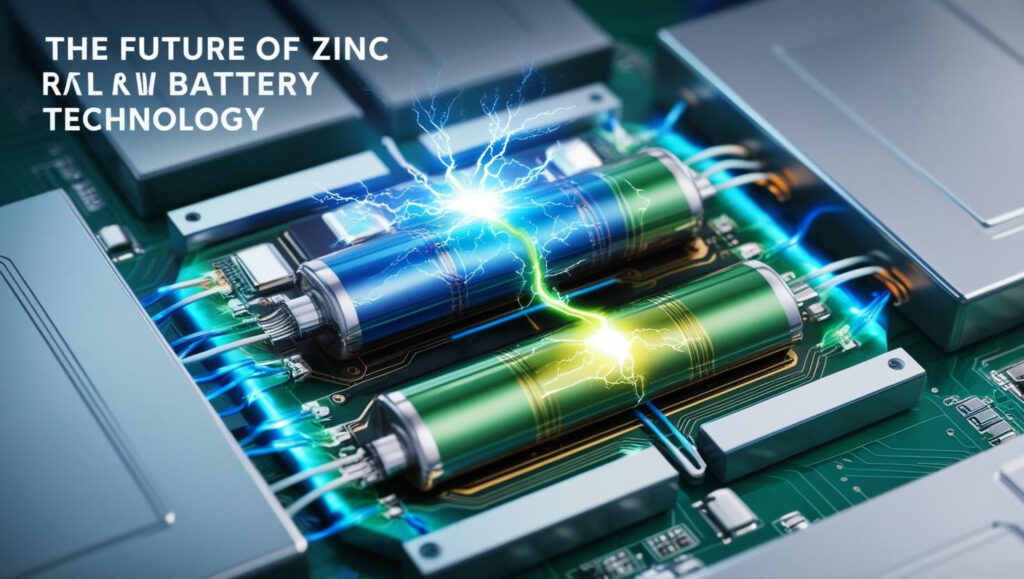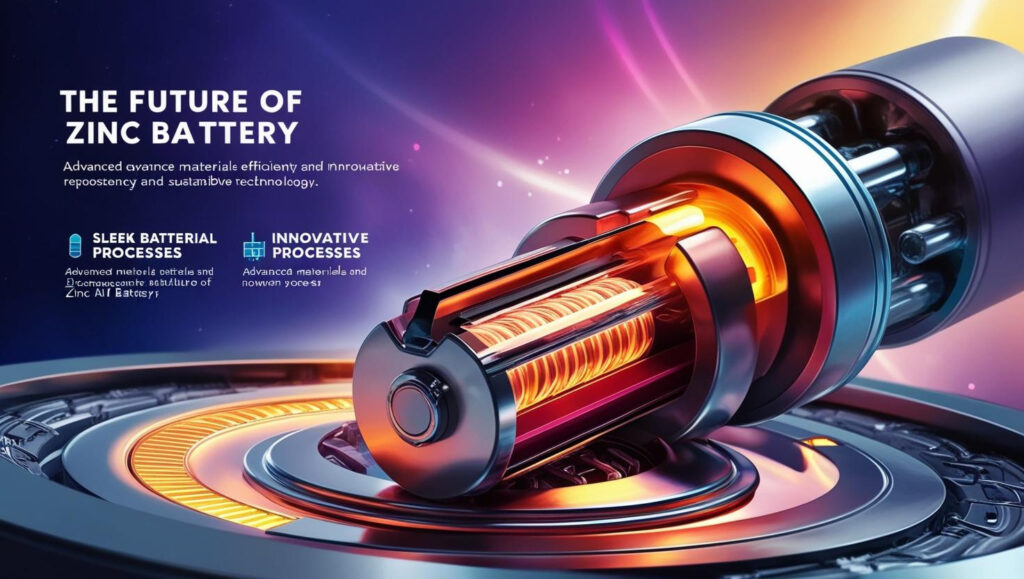The global demand for energy storage solutions is rapidly increasing, driven by the need for sustainable power alternatives, the rise of electric mobility, and the expansion of renewable energy sources. Among the many energy storage options available, zinc batteries have gained significant attention due to their safety, cost-effectiveness, and environmental benefits. With technological advancements and growing investments in zinc battery research, the market is poised for strong growth in the coming years. This article explores the latest developments and key factors driving the expansion of the zinc battery market.
Download PDF Brochure @ https://www.marketsandmarkets.com/pdfdownloadNew.asp?id=171978019

The Rise of Zinc Batteries in the Energy Storage Market
Zinc batteries have been in use for decades, primarily in consumer electronics such as hearing aids, remote controls, and flashlights. However, recent innovations have expanded their potential to larger-scale applications, including grid storage, industrial power backup, and electric mobility.
What makes zinc batteries an attractive option in today’s energy landscape?
- Affordability: Zinc is one of the most abundant metals on Earth, making it significantly cheaper than lithium, cobalt, or nickel, which are commonly used in lithium-ion batteries.
- Safety: Unlike lithium-ion batteries, zinc batteries do not pose risks of thermal runaway or explosions, making them a safer choice for energy storage applications.
- Sustainability: Zinc batteries are more environmentally friendly as they can be fully recycled and do not contain hazardous materials like cobalt or lead.
- Scalability: They can be adapted for both small-scale consumer applications and large-scale grid storage solutions.
Key Advancements in Zinc Battery Technology
- Improved Electrolyte Formulations
One of the major challenges with traditional zinc batteries has been the formation of dendrites, which can reduce their lifespan and efficiency. Recent breakthroughs in electrolyte chemistry, such as water-based and solid-state electrolytes, have significantly enhanced the performance and durability of zinc batteries. - Zinc-Air Battery Innovations
Zinc-air batteries, known for their high energy density and long shelf life, have traditionally been used in small electronic devices. However, advancements in rechargeable zinc-air technology are now making them viable for larger energy storage applications, including renewable energy integration and backup power solutions. - Development of Zinc-Ion Batteries
The emergence of zinc-ion batteries as an alternative to lithium-ion technology is a promising development. Unlike zinc-air batteries, zinc-ion batteries are rechargeable, have a longer cycle life, and offer stable performance, making them ideal for electric vehicles and grid storage applications. - Hybrid Zinc Battery Solutions
Researchers are exploring hybrid zinc battery designs that combine the best features of different energy storage technologies. For instance, hybrid zinc-manganese batteries offer a balance of cost, energy density, and durability, making them suitable for commercial and industrial use.

Key Growth Drivers of the Zinc Battery Market
1. Growing Demand for Sustainable Energy Storage
As the world transitions to renewable energy sources such as solar and wind power, the need for reliable energy storage solutions is increasing. Zinc batteries are emerging as a cost-effective and environmentally friendly option for storing renewable energy and balancing grid demand.
2. Government Support and Green Energy Policies
Many governments worldwide are promoting green energy initiatives and providing incentives for the development of sustainable battery technologies. Policies aimed at reducing reliance on lithium and cobalt-based batteries are further propelling the demand for zinc batteries.
3. Expansion of Electric Mobility and E-Bikes
While lithium-ion batteries currently dominate the electric vehicle (EV) market, zinc batteries are gaining traction in e-bikes, scooters, and light EVs due to their lower cost and safety benefits. Future advancements may enable zinc batteries to compete in the broader EV sector.
4. Advancements in Manufacturing and Production Scalability
New manufacturing techniques are making it possible to produce zinc batteries at a larger scale, reducing costs and improving efficiency. This scalability is key to their adoption in industrial applications and grid storage projects.
5. Rising Investments in Zinc Battery Startups
Several companies and research institutions are investing in next-generation zinc battery solutions. Key players such as e-Zinc, Urban Electric Power, and NantEnergy are working on commercializing advanced zinc battery technologies to meet growing market demand.
Future Outlook and Market Projections
The zinc battery market is expected to witness steady growth over the next decade, driven by increasing adoption in energy storage, consumer electronics, and transportation. Analysts predict that the global zinc battery market will expand at a significant compound annual growth rate (CAGR) as research and development efforts continue to improve battery performance and efficiency.
Key Areas of Future Growth:
- Grid-scale energy storage projects to support renewable energy deployment.
- Industrial and commercial backup power solutions for reliable energy supply.
- Electric mobility, especially for e-bikes, scooters, and light EVs.
- Military and aerospace applications requiring high-performance, safe, and long-lasting batteries.
The future of the zinc battery market looks promising as advancements in technology and increasing demand for sustainable energy solutions drive market expansion. With improved performance, cost advantages, and eco-friendly attributes, zinc batteries are well-positioned to compete with conventional energy storage solutions. As research continues to enhance their efficiency and scalability, zinc batteries could play a crucial role in the global transition to a cleaner and more sustainable energy future.